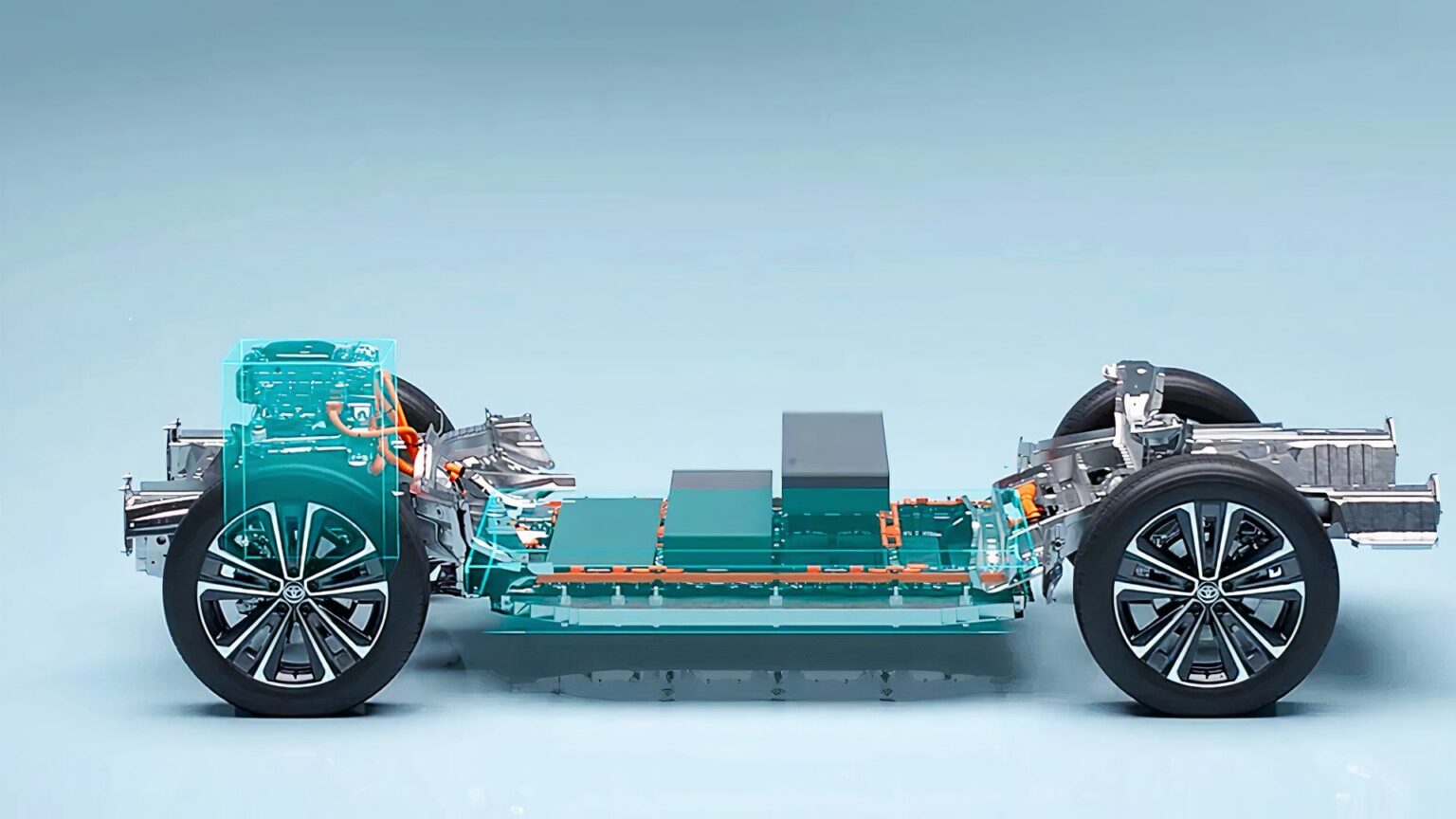Lithium, as one might guess, is a core component of lithium-ion batteries – imagine that! A mission-critical technology, these energy-storage devices power our modern world. Everything from laptop computers to smartphones, medical devices to electric cars and trucks feature lithium-ion batteries. Helping to ensure the U.S. has a plentiful supply of this material going forward, scientists have discovered a huge reserve of lithium in California.
Vast Reserves Of “White Gold”
According to a story from Interesting Engineering, there are reportedly some 18 million tons of lithium in the area around and under the Salton Sea, a landlocked and highly polluted lake in the far south of the Golden State. That’s enough to build some 382 million EVs, more than the current number of registered vehicles on the road in the U.S. This is also a far greater quantity of the material than was originally estimated. Researchers initially thought the region held a mere 4 million tons of lithium, which some call “white gold.”
- 18 million tons of lithium discovered in Southern California
- This is enough to build nearly 400 million electric vehicles
- The value of this deposit is estimated at $540 billion
- Extracting this lithium still faces numerous challenges
Found in the form of lithium brine, this is supposedly one of the largest deposits of this stuff in the world. As for value, this quantity of lithium could be worth a whopping $540 billion.
In a story from DailyGalaxy.com, geochemistry professor at the University of California, Riverside, Michael McKibben said, “This is one of the largest lithium brine deposits in the world. This could make the United States completely self-sufficient in lithium and stop importing it through China,” though lithium is also sourced from various places in South America as well as Australia.
Major Challenges To Overcome
This is great news for the U.S., however, there are still major downsides to consider. Accessing that lithium brine is not easy, requiring special geothermal wells to be drilled thousands of feet into the ground. This is hard enough to achieve, though there are also concerns about permitting requirements, local infrastructure, and even the potential for unexpected seismic activity.
Beyond that there are, naturally, ecological concerns to contend with. Once that brine is pumped to the surface, the lithium can be extracted, but then the leftover liquid gets reinjected into the ground, but this can cause a host of issues, too.
Aside from these issues, the discovery of such a massive reserve of lithium is tremendous news for the U.S. Lithium-ion batteries are hugely important right now, but demand for these energy-storage systems is likely only going to grow in the coming years, especially as electric vehicles become more popular. The transition to EVs has been slower than expected by many, and rife with bumps in the road, but the technology is not going anywhere.
Read the full article here


